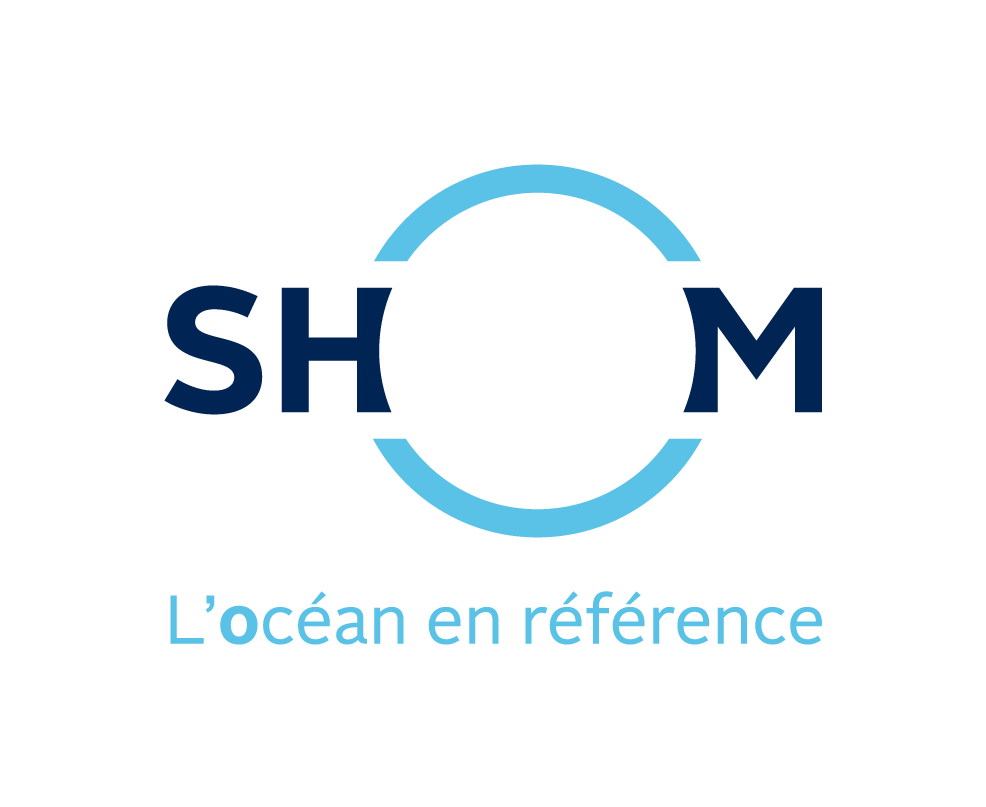D11C1.2 - Spatial distribution of impulsives sounds (annual occurrence) for 2016
Impulsive or transient sounds of short duration and of high intensity constitute one of the criteria for defining good ecological status for descriptor 11 relating to the pressure of noise generated by human activities within the framework of the MSFD (D11C1). Good ecological status for sound energy is achieved when the risks of acoustic disturbance, excess mortality from sound exposure and reduction in communication distances of mysticetes are cumulatively low or moderate. For this, the spatial distribution, the temporal extent and the acoustic levels of the sources of anthropogenic impulsive sound must not exceed the levels harmful to the populations of marine animals. These criteria are evaluated at the scale of the marine sub-region for the “English Channel and North Sea”, “Celtic Seas” and “Western Mediterranean” regions; and at the scale of the "North" and "South" subdivisions in the "Bay of Biscay" sub-region. One of the indicators selected for the evaluation of criterion D11C1 is the spatial distribution of impulse emissions (D11C1.2). The pressures considered for the evaluation of the criterion are: acoustic emissions from air guns; acoustic emissions from impulsive sources other than air guns; emissions from non-impulsive (transient) sources; underwater explosions; emissions due to pile driving. The data used for the calculation of this indicator are declarative emissions data traced by the operators of the activities generating impulsive noise.
|
|
Citation proposal
Shom (2017) . D11C1.2 - Spatial distribution of impulsives sounds (annual occurrence) for 2016. https://services.data.shom.fr:/geonetwork/srv/api/records/DCSMM_D11_C12_2016.xml |
Simple
- Date ( Publication )
- 2017-11-06
- Identifier
Author
- Keywords ( Theme )
-
-
Pollutions
-
MSFD
-
FMSP
-
Impulsive sounds
-
open data
-
- Use limitation
-
Data free of use by acknowledging its source: "Shom. http://dx.doi.org/10.17183/DCSMM_D11_C12_2016". Open licence Etalab v. 2.0 avril 2017.
- Use limitation
-
Product not certified for navigation
- Use limitation
-
Data free of use by acknowledging its source: : "Shom. http://dx.doi.org/10.17183/DCSMM_D11_C12_2016". Open licence Etalab v. 2.0 avril 2017.
- Access constraints
- License
- Use constraints
- Other restrictions
- Other constraints
-
Open licence Etalab v. 2.0 avril 2017.
- Access constraints
- Other restrictions
- Other constraints
- Pas de restriction d'accès public. No public access restrictions.
- Classification
- Unclassified
- Spatial representation type
- Vector
- Metadata language
- fre French
- Character set
- utf8 UTF8
- Topic category
-
- Oceans
))
- Distribution format
-
-
GeoTIFF
(1.1
) -
CSV
(inapplicable
) -
XML
(1.0
)
-
Point of contact
- OnLine resource
-
Shom geoportal
Shom geoportal
- OnLine resource
- DCSMM_D11_C12_2016_BDD_WMSV
- OnLine resource
- DCSMM_D11_C12_2016_3857_WMSR
- OnLine resource
- Download service
- Hierarchy level
- Series
- Statement
-
Criterion D11C1 is evaluated on a regular square mesh of 0.25 decimal degrees per side on the basis of a number of days per calendar year. The recorded signals are divided into three categories (acoustic sources, underwater explosions and pile driving). The data are collected directly from the operators and / or instructing services of the State according to the census protocols defined within the framework of associated monitoring system (register of impulsive emissions, called SIRENE). The instructing services are: the General Directorate of Energy and Climate (DGEC) for seismic prospecting, the Naval Staff (EMM) and the Maritime Prefectures (PREMAR) for the works as well as the PREMARs for the explosions. Once compiled and validated, this data is referenced annually. The data are archived in the SIRENE register for export to multinational registers. The parameter evaluated for this indicator is the distribution of the sound level of impulsive emissions in the Marine Sub-Region. The indicator is evaluated as a percentage of elementary unit of area (ratio between the number of cells reaching the target value of days of potentially troublesome emissions and the number of cells of the MSR, i.e. 20 days for a moderate risk and 45 days for a high risk). The emission sound level thresholds used are the thresholds for listing the strong and very strong levels proposed by the TG Noise (Dekeling et al., 2014). The increased risk is defined from 3 days of emission per trimester (i.e. 3% of the reference time) and per cell. Concerning the pressure level thresholds (in percentage of the area of the sub-region), the ranges of values are defined on an acceptable spatial extent of 2% of the marine sub-region, which constitutes the initial threshold.
gmd:MD_Metadata
- File identifier
- DCSMM_D11_C12_2016.xml XML
- Metadata language
- French
- Character set
- UTF8
- Hierarchy level
- Series
- Hierarchy level name
-
Produit
- Date stamp
- 2021-10-07T11:24:22
- Metadata standard name
-
ISO 19115:2003/19139
- Metadata standard version
-
1.0
Point of contact
Overviews
Provided by

 Catalogue Shom
Catalogue Shom